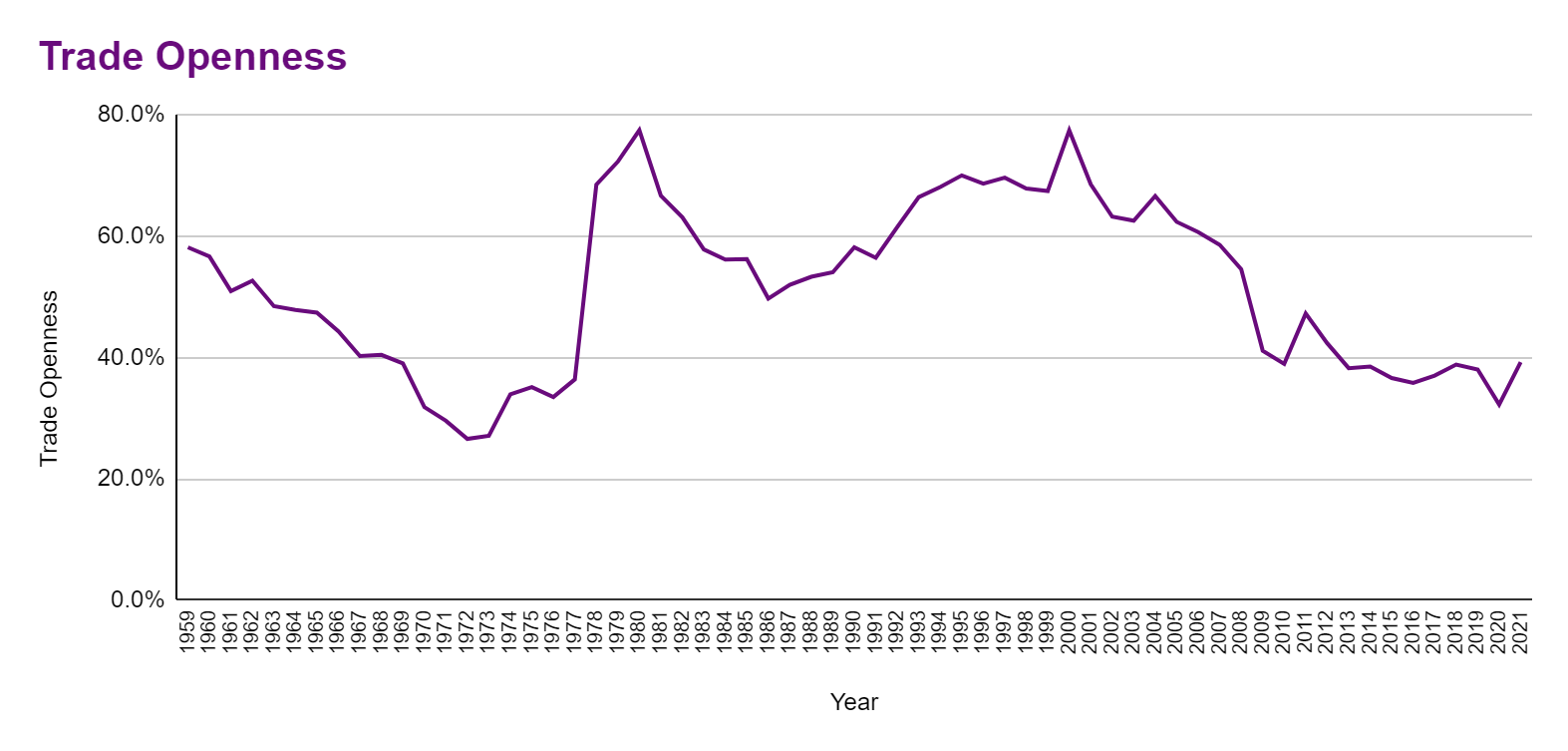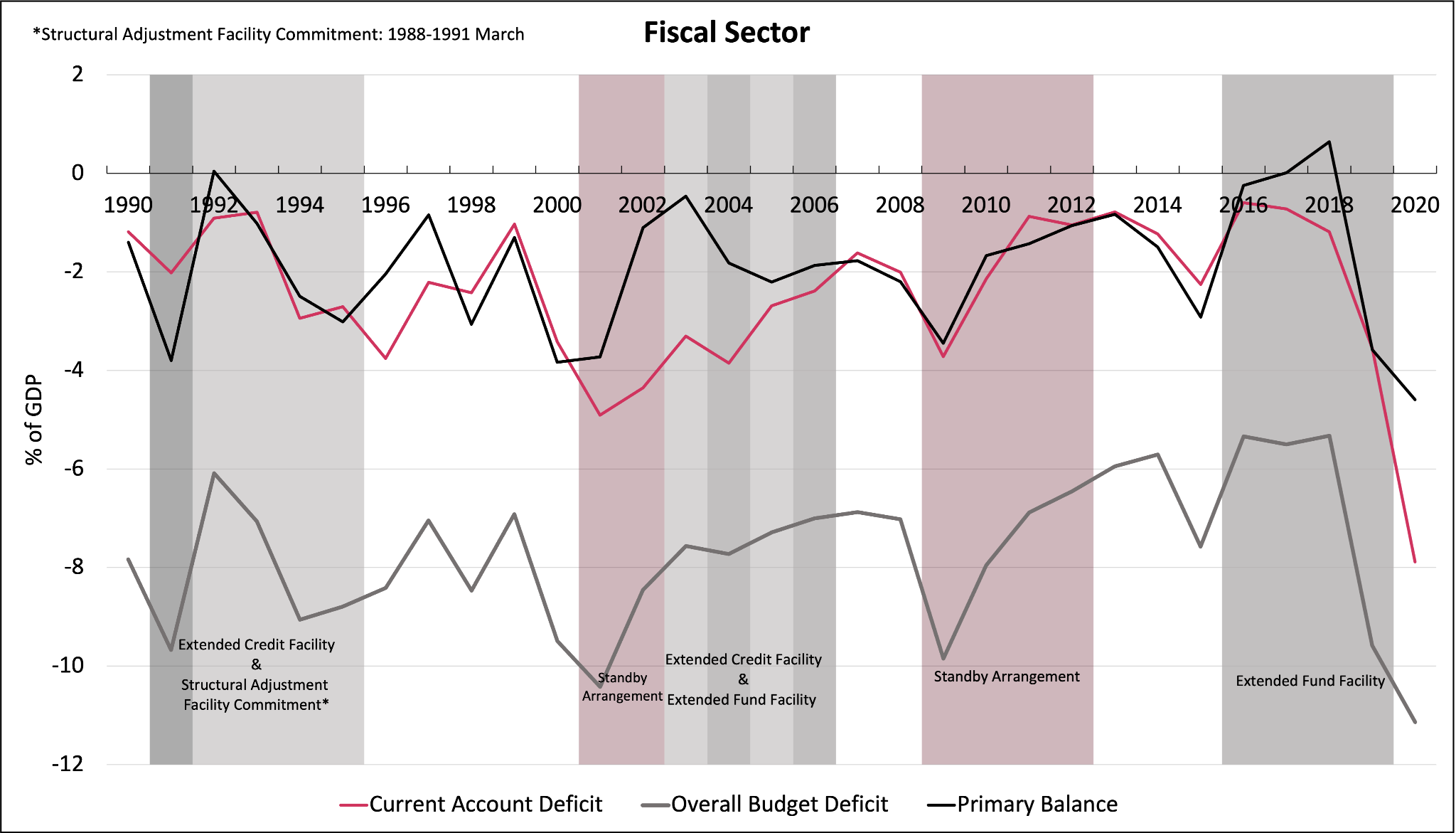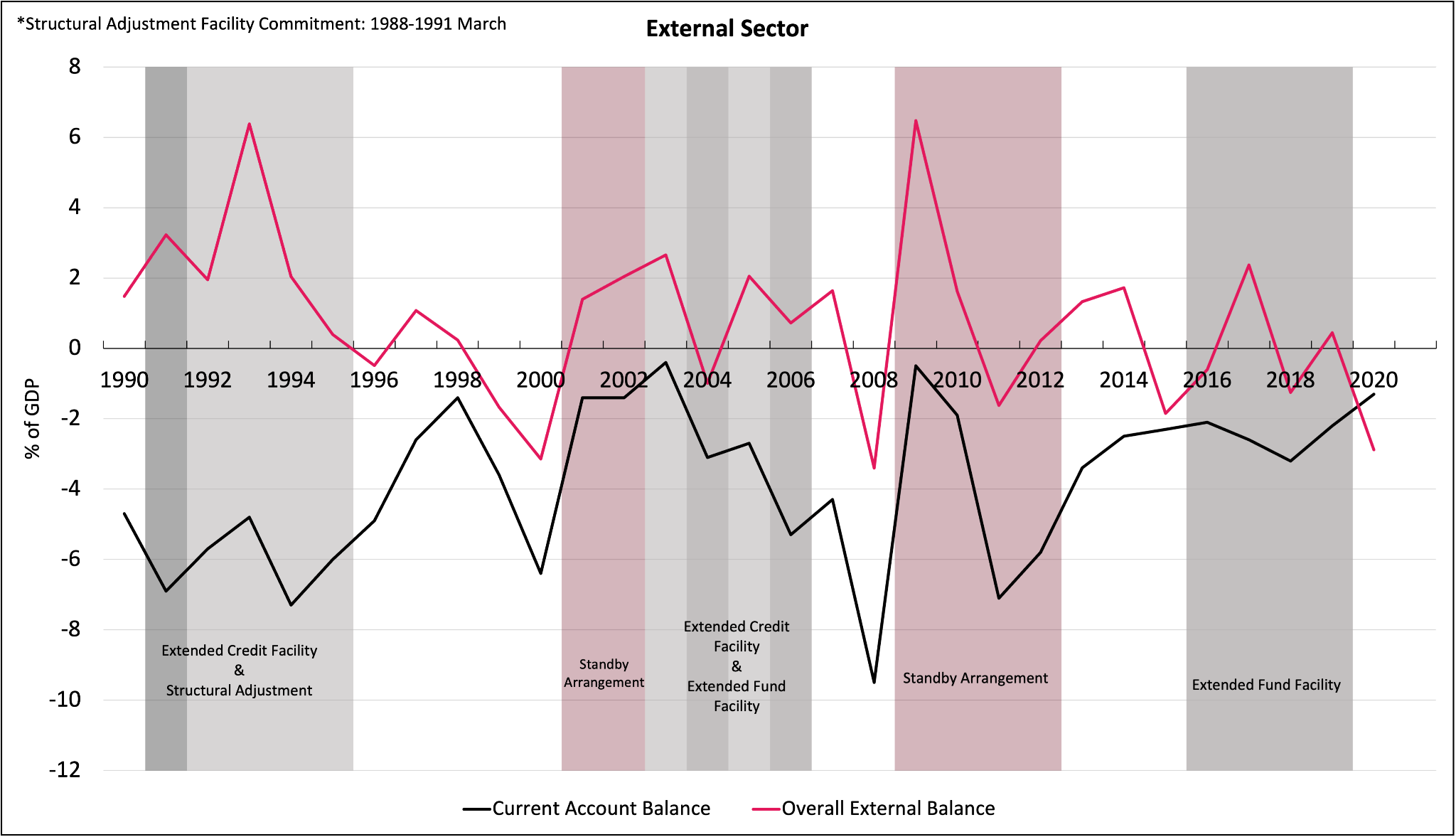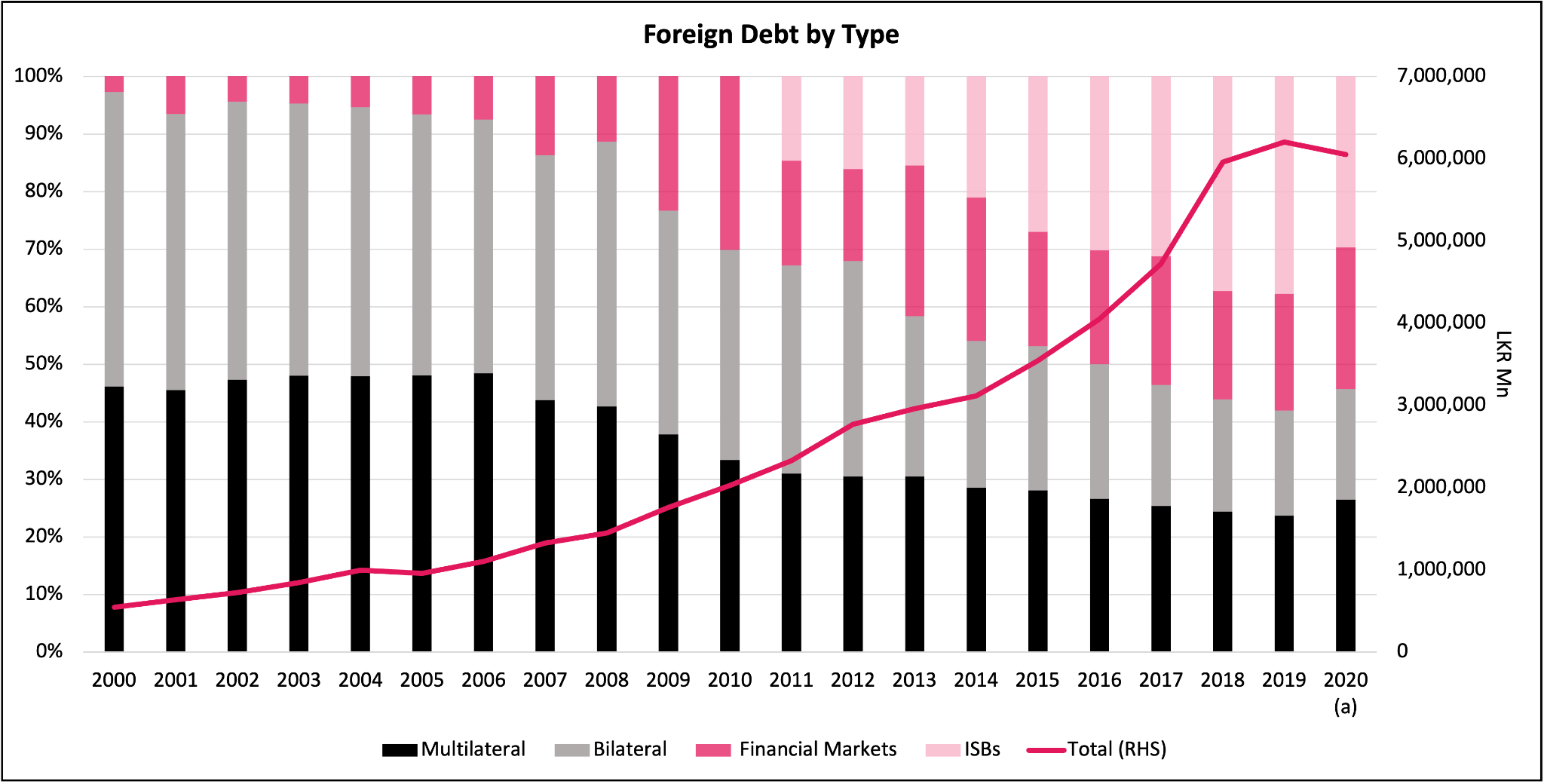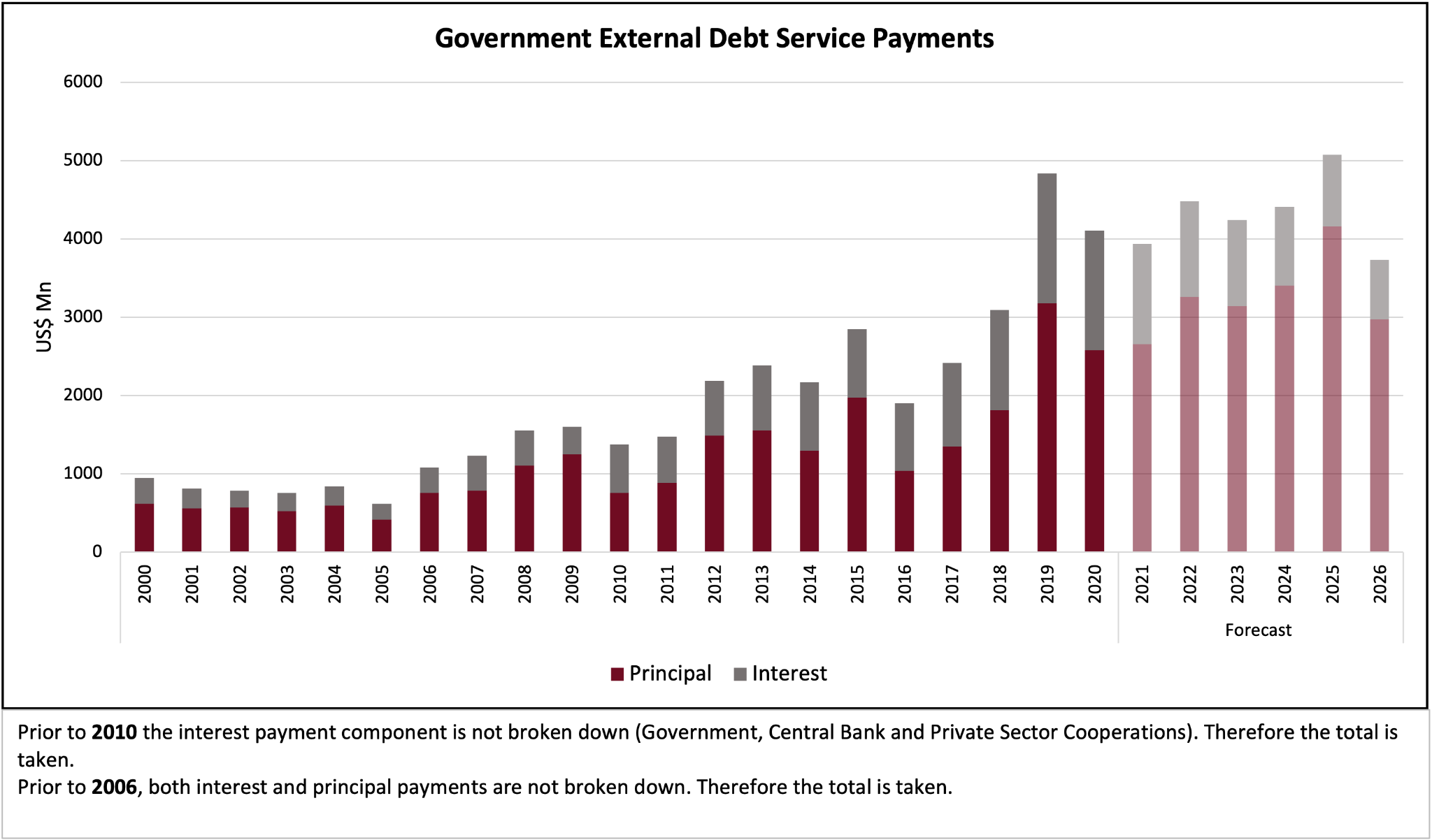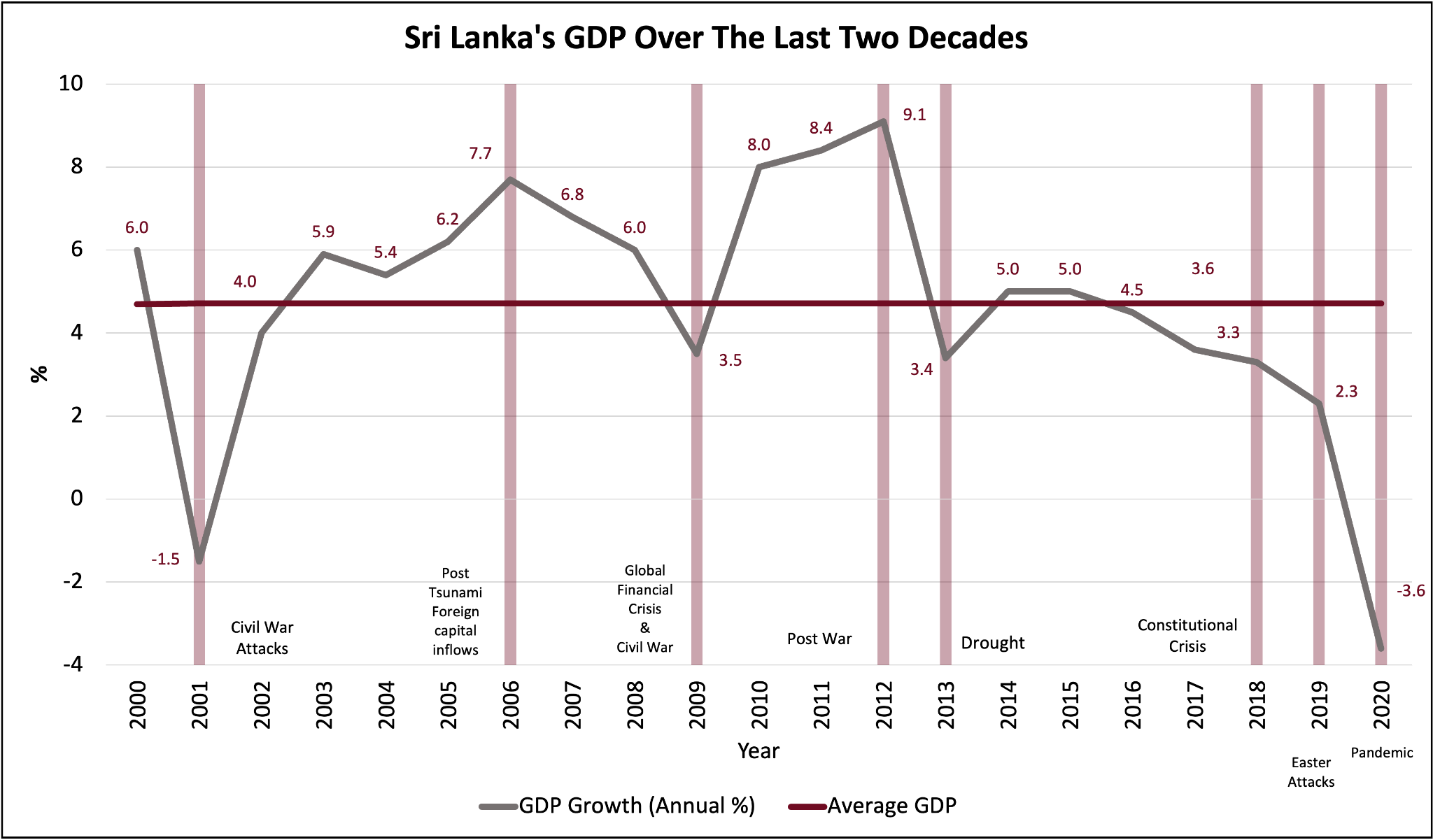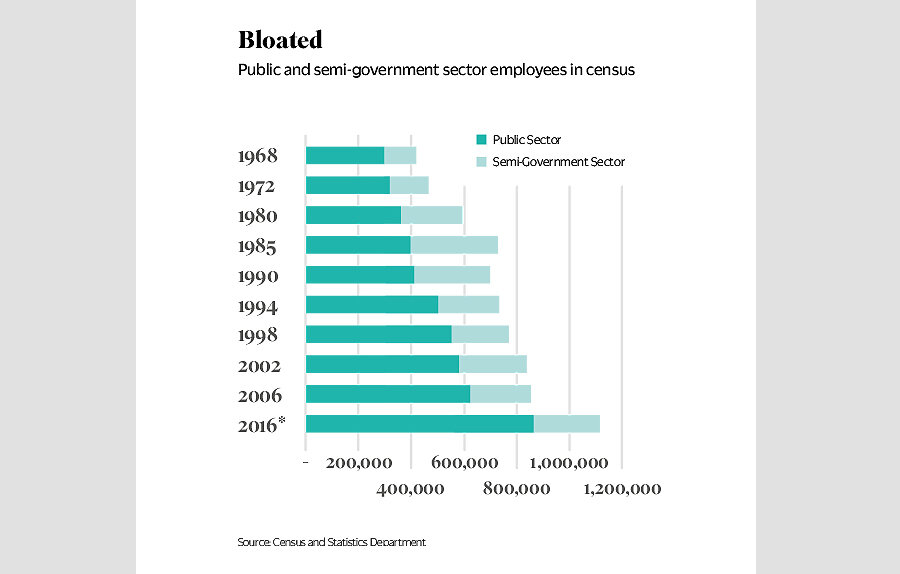Originally appeared on The Morning
By Dhananath Fernando
Global research outfit Brand Finance ranks countries by considering each country as a brand through the Global Soft Power Index. Sri Lanka’s brand results as a nation were released in partnership with the Sri Lanka Institute of Marketing (SLIM) last week and the country was ranked 115th out of 121 countries – a steep drop of 42 positions from ranking at 73 on the index in 2022.
Below us are Iraq, Laos, Trinidad, Uganda, Guatemala, and Zimbabwe. This survey was conducted globally with more than 11,000 samples. SLIM has to be appreciated for taking such an initiative at a very difficult time for Sri Lanka. A country’s perception and brand image are very important, especially when it comes to ‘Country of Origin’ status in global trade. The same matters in tourism and many other income-generating activities.
Brand strength of a country is determined under eight key themes and sub categories for each key pillar:
Business and trade
Governance
International relations
Culture and heritage
Media and communication
Education and science
People and values
Sustainable future
It is said that “perception is reality”. In simple terms, though we may feel that we do not deserve to be ranked 115th, outsiders do not perceive us positively. The reasons for our steep drop are quite obvious. It is more important to understand the drivers of positive perception according to the Brand Finance survey than to dwell on our ranking.
Out of the key drivers of reputation, a strong and stable economy is considered the most important driver for people. In a survey conducted within the index, it ranked very highly, with 8.9 points out of 10. The next driver, with 6.2 points, is having internationally admired leaders. Being politically stable and well-governed is ranked as the third most important attribute, while ease of doing business and sustainable cities for transport are ranked at fourth and fifth place respectively, based on importance.
Developing a nation’s brand
The expectations of people indicate that a dynamic economy and the ability to do business easily are the main drivers of pretty much everything else. If we, as Sri Lankans, are serious about building our brand, attracting FDIs, and bringing in tourists, there is no other choice than to undergo economic reforms.
The expectations indicate that most of the attributes that help develop a nation’s branding are influenced by the market and freedom. When a paternal government steps in, there is no ease of doing business for enterprises. When a government imposes high tariffs on imports, there is no efficient trade. When a government restricts movement of people and adds visa regulations, tourism cannot prosper. Countries which experience a higher degree of economic freedom also have credible country brands and soft power.
In Sri Lanka’s assessment, our worst ranking is for ‘international relations’. We have ranked 120 out of 121 countries. This comes as no surprise after our poor management of foreign relationships with all our key friends including India, China, Japan, the Middle East, and the US.
Our immaturity in managing the Indian Free Trade Agreement (FTA) and the East Container Terminal (India), managing the Port City and the fertiliser shipment (China), cancelling the Light Rail Transit Project (Japan), forced cremations of Muslims (the Middle East), and dealing with the Millennium Challenge Corporation (MCC) (the US) undeniably isolated us, pushing our reputation to a historic low.
Our diplomatic service is basically a meal ticket for unemployable relatives of politicians. It is imperative that a merit-based exam for diplomatic service be required in order to ensure our economic prosperity. Diplomacy is economic; a friendship built on doing business is much better than a business built on a friendship.
We have ranked relatively better on ‘culture and heritage,’ standing at 92 from among 121 nations. On ‘governance,’ we are ranked at 118 and on ‘business and trade’ we come in at 115.
Solutions
There are quick fixes, but building a brand is like raising a child. Values, ethics, and dynamism take time to instil. If we are to improve Sri Lanka’s brand, a comprehensive economic reform package is needed. Countries that recently picked up their ranking did it through reforms and allowing markets to work smoothly.
New Zealand had a reform plan in the 1980s while South Korea transformed through market-based reforms. Dubai was converted into a business hub, Vietnam was converted into an export-oriented economy, and so on. The common denominator is a concrete economic reform plan.
In the short run, what we can consider is implementing a free, six-month business and vacation visa plan for countries with twice the per capita GDP of Sri Lanka. This will allow us to earn much more through their spending in Sri Lanka. At present, we have nothing to lose, as they are not visiting Sri Lanka anyway.
The next step is to allow foreign spouses to work in Sri Lanka. As many people leave the country, at least some may consider staying back in these cases, especially those married to foreigners. They will bring their skill set, which enables better knowledge transfer. In some areas such as Galle, this synergy can already be observed in the tourism industry, despite bad regulations.
Thirdly, all tariffs should be brought under either a four-tier structure (0%, 5%, 10%, and 15%) or a higher tariff structure that is simple and unified so that it can incentivise trade. We need to keep our Central Bank independent and not intervene in the forex market in order to get the maximum benefits out of this. All these can be done with just a stroke of a pen at zero cost to the Government.
The brand ‘Sri Lanka’ can only be built by instilling the right values within the brand. A communications campaign may only dilute the brand when people realise we oversell ourselves by overpromising and under-delivering.
The opinions expressed are the author’s own views. They may not necessarily reflect the views of the Advocata Institute or anyone affiliated with the institute.

